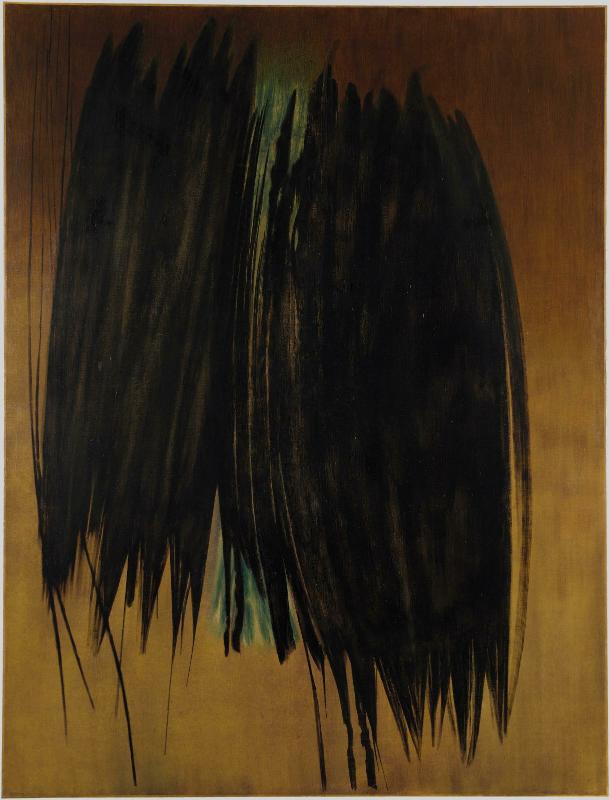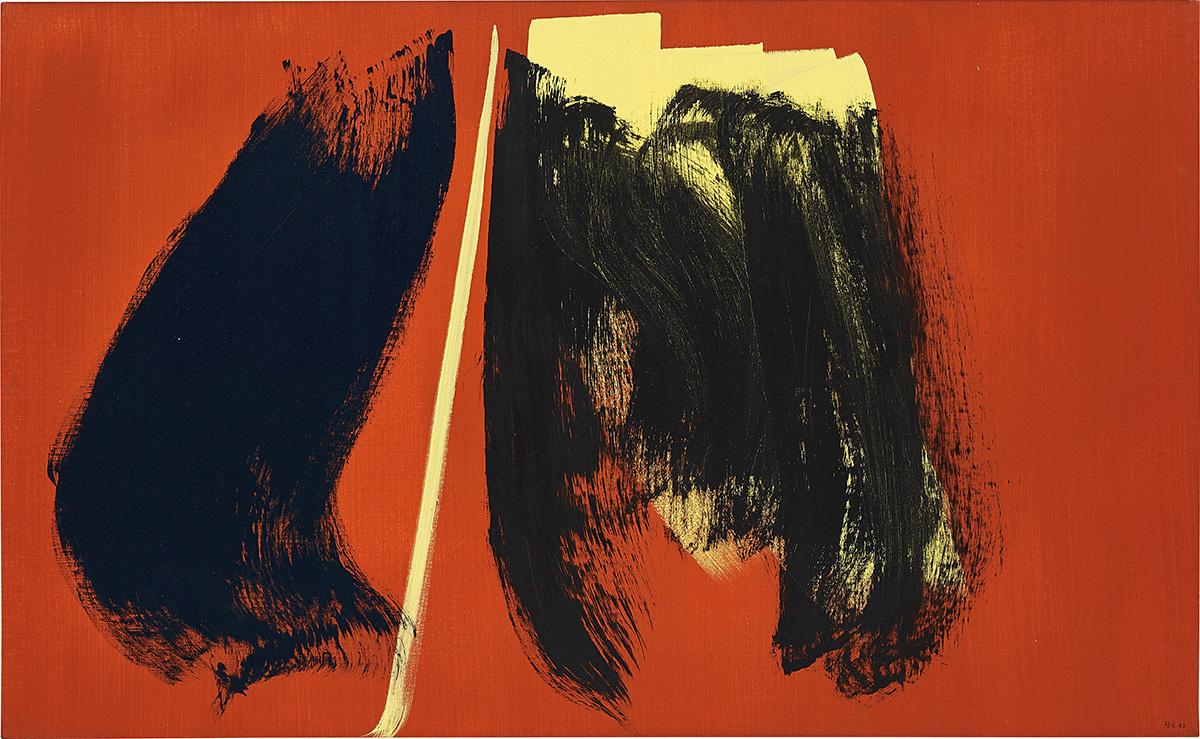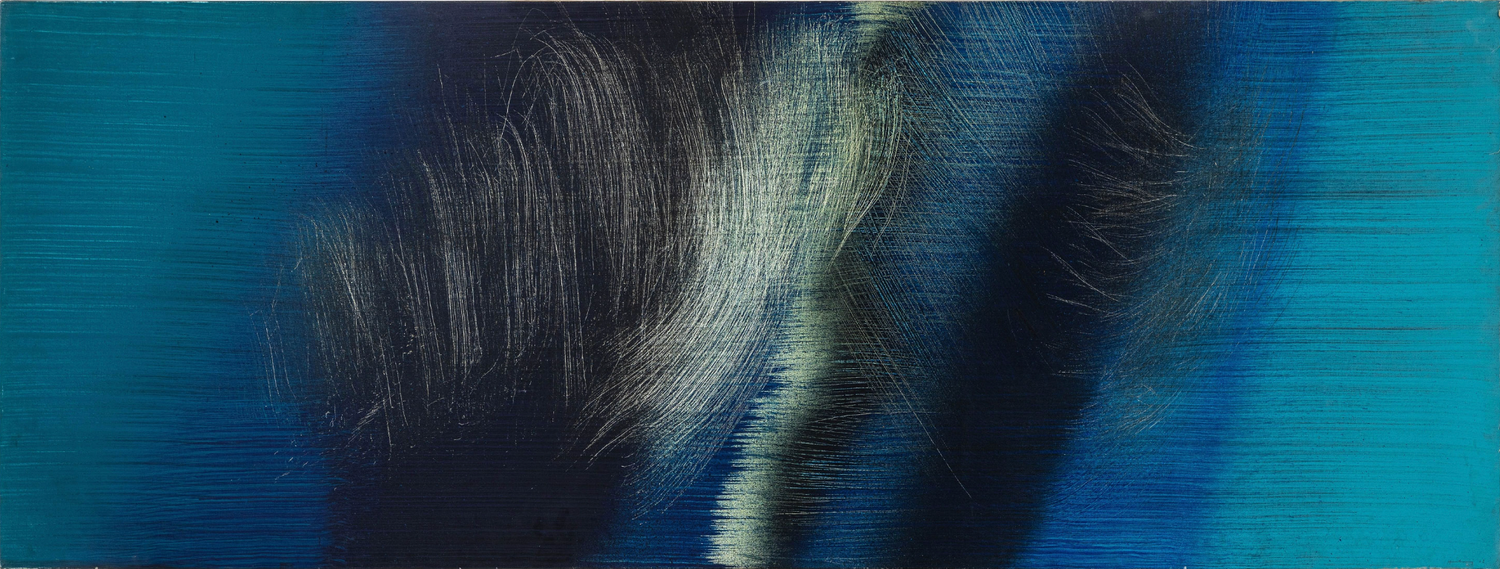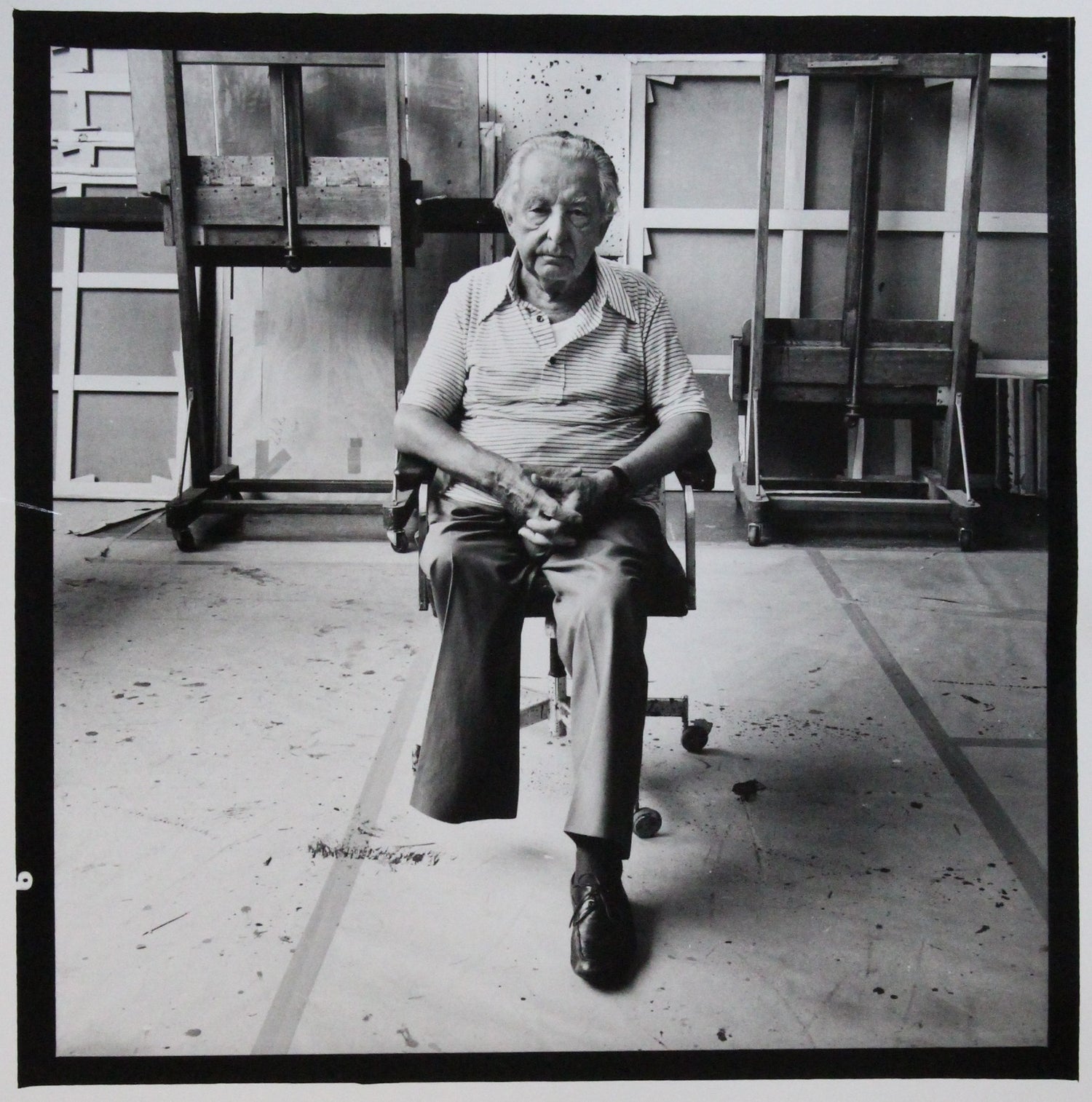Wrestling With The Cosmos
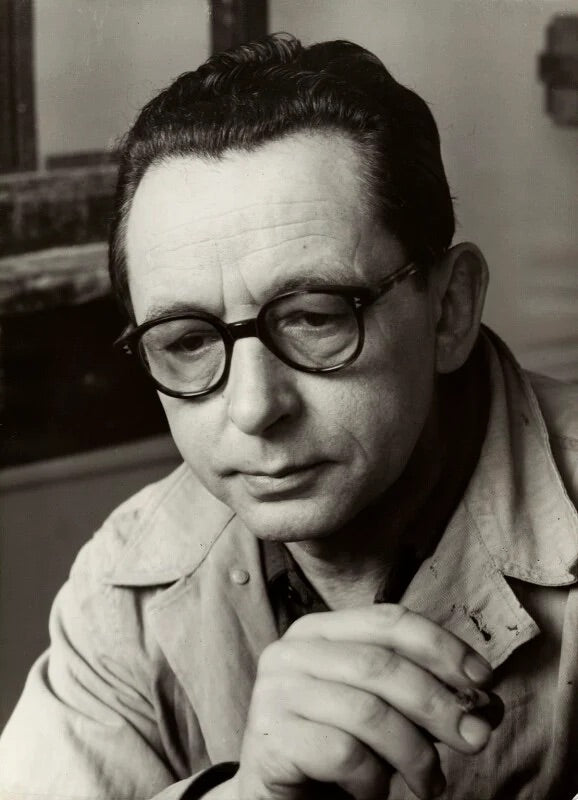
Hartungs work bridges an intense exploration of gestural abstraction with a relentless experimentation in technique. Known for his energetic, almost calligraphic strokes, Hartung sought to translate raw emotion and movement into visual form, often drawing parallels to music, considering each line and mark akin to a note or rhythm within a larger composition.
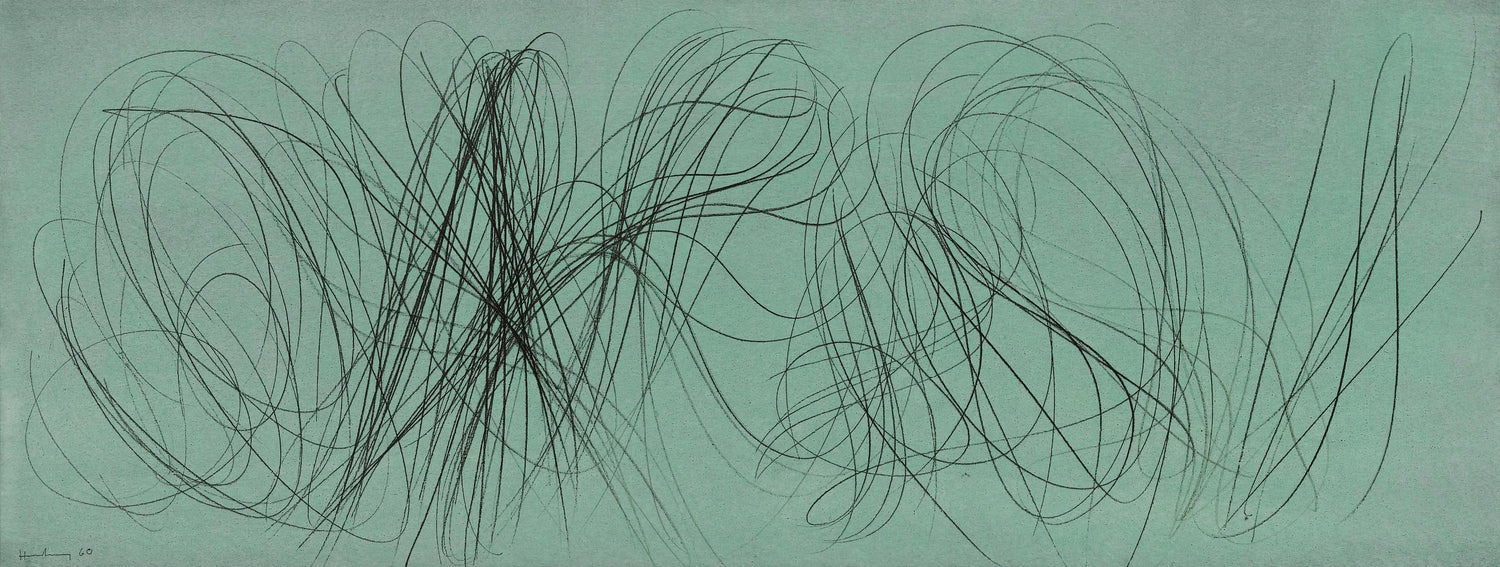
"His life took a dramatic turn during World War II"
Born in Leipzig, Hartung was originally a student of both philosophy and science, an academic grounding that lent his art a certain precision even amid its emotive chaos. After being disillusioned with the strictures of conventional art education, he found himself captivated by the innovations of Cubism and, later, the nonrepresentational experiments of Kandinsky. His life took a dramatic turn during World War II, where he joined the French Foreign Legion, only to be captured and suffer the loss of his leg. Ever resilient, Hartung returned to painting with renewed fervor, embracing his disability as part of his creative identity.
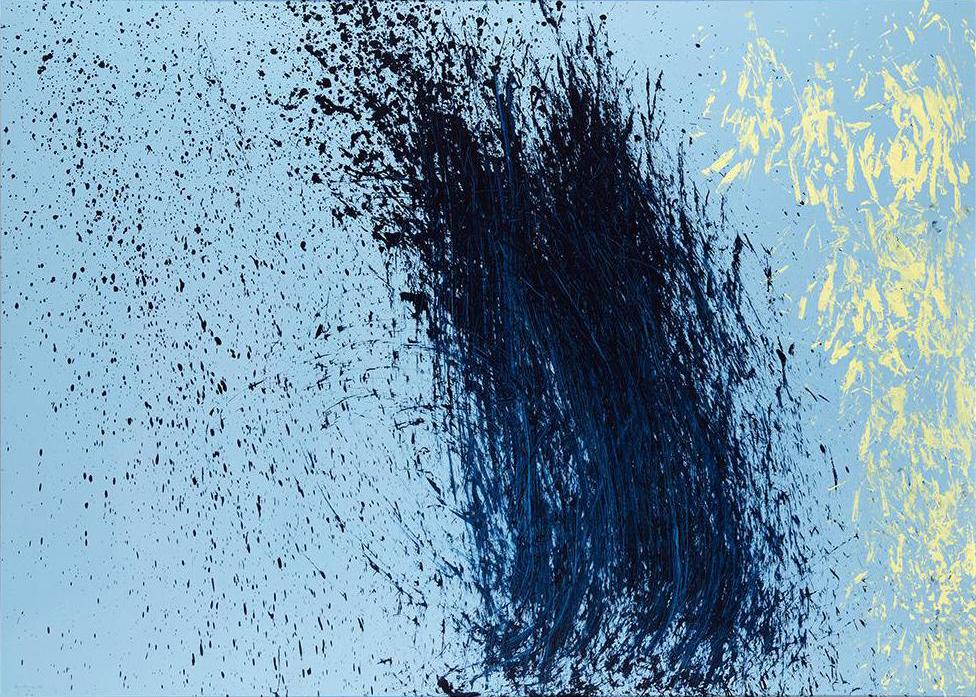
"wrestling with the cosmos"
Quirky yet emblematic of his fearless approach, Hartung employed unconventional tools to create his expressive marks—including garden rakes, tree branches, and even a sprayer he fashioned himself. In his later years, he continued to innovate, working on large canvases with tools he could wield even with limited mobility, producing some of his most celebrated and experimental works well into his 80s. Known for his somewhat mischievous spirit, he once reportedly described his method as “wrestling with the cosmos,” capturing both the intensity and joy with which he approached his art.
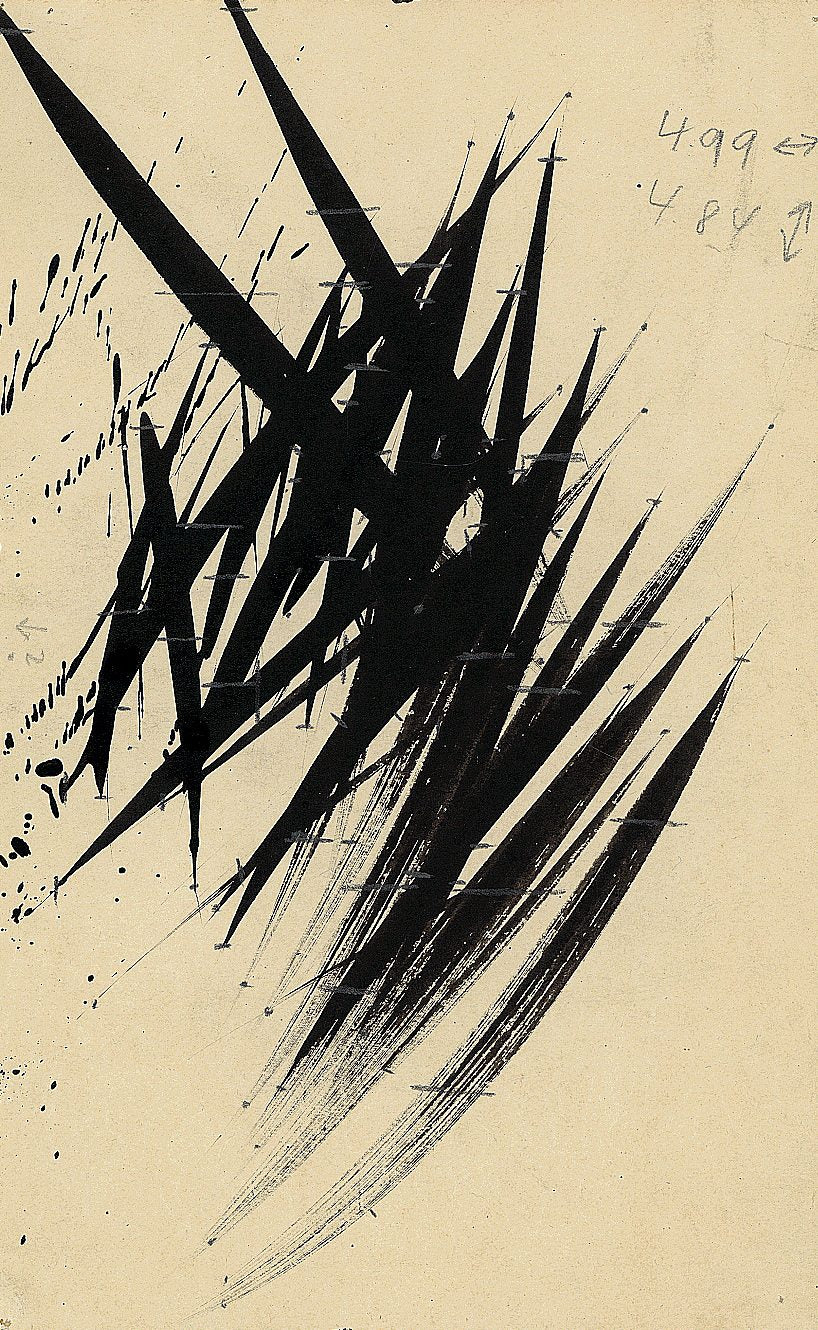
Hartung’s life was as layered and dynamic as his paintings, filled with resilience, innovation, and an indomitable sense of freedom—a testament to his conviction that true art defies constraints.
